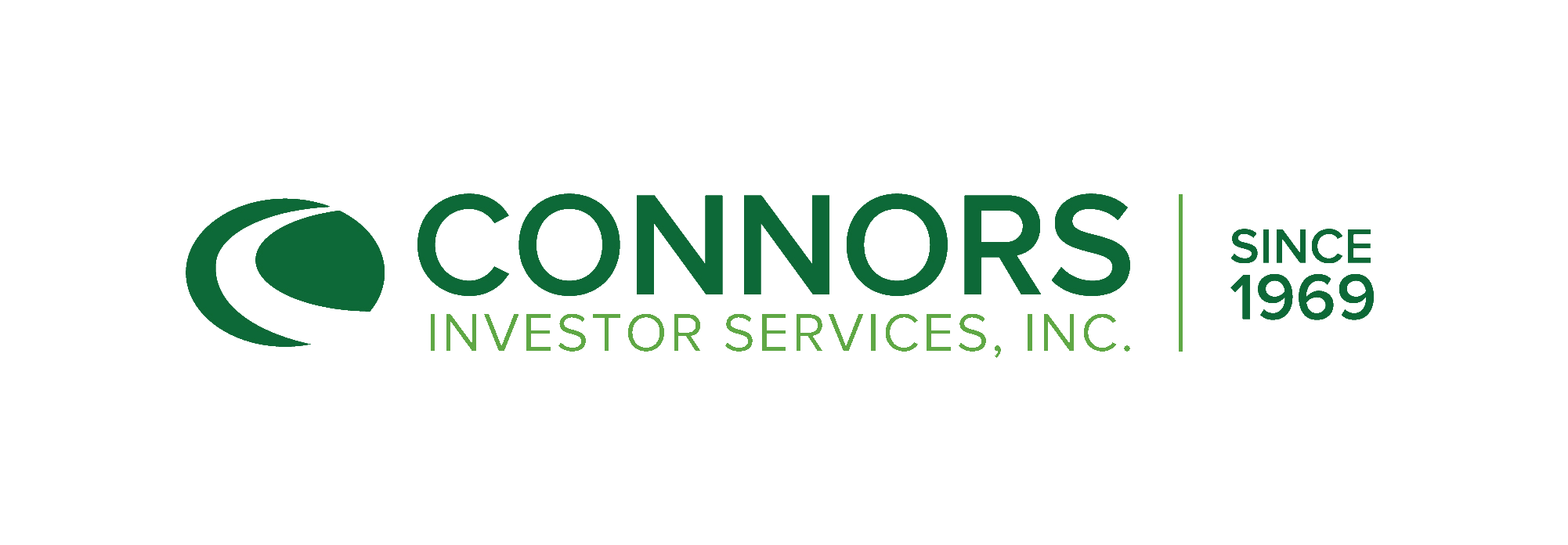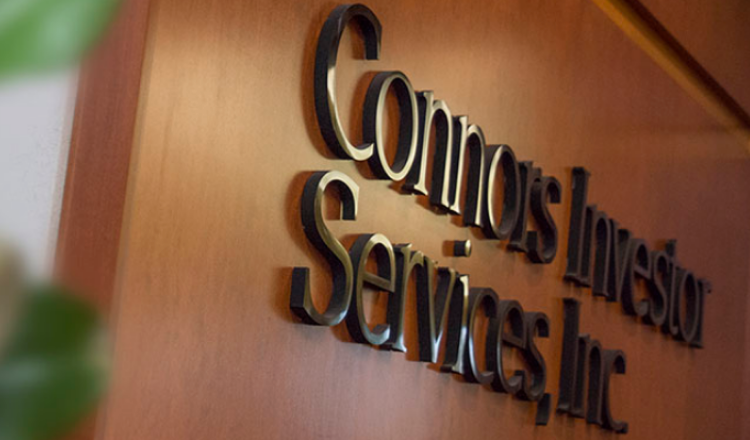2023 Q1 Quarterly Commentary
by Robert Cagliola, CFA and Robert Hahn, CFA, on Jul 26, 2023 11:39:55 AM
Market Commentary
“No matter how long the Winter, Spring is sure to follow.” Following a volatile 2022 the preceding English proverb comes to mind. The first quarter started off strong out of the gate with the S&P 500 up 6.18% through the end of January as many stocks which sold off in Q4, rebounded strongly both due to short covering as well as hope that the Fed’s rate hiking cycle was nearing an end. In February though, Winter for the market again reared its head with the S&P 500 selling off roughly 8% from February into mid-March. Investor concerns grew from the Fed’s hawkish tones around keeping rates higher for longer, then were amplified with the collapse of Silicon Valley Bank as the effects of rate hikes began causing stress in the banking system.
The quarter ended on a high note as the Market then rebounded approximately 6.5% from March lows to end the quarter up 7.03% following the announcement of the Fed’s Bank Term Funding Program which provides emergency liquidity to US depository institutions to help assure that banks have the ability to meet the needs of their depositors. Inflation continues to decline at 6% y/y as measured by the Consumer Price Index (CPI). While down from last June’s highs, it remains elevated with food and shelter inflation proving to be somewhat sticky. The Fed responded by increasing the Fed Funds rate by 0.25% to 4.75% -5.00%, the highest since 2007 and Fed forecasts suggest there may be another rate hike at the next meeting in May. That said, while inflation has proven stubborn, this rate hike cycle appears to be nearing an end as the Fed must now balance its goal of lowering inflation without creating additional stress to the banking system and possibly causing a hard landing. Fed officials are forecasting further easing in inflation to 3.3% by year end. While US GDP forecasts still project growth in 2023 they have declined to 0.4% from an estimated 2.2% in the first quarter as rate hikes and tighter bank lending are expected to lead to decelerating growth in the second half of the year. During the first quarter Technology and Communication Services were the strongest performing sectors up 21.49% and 20.18% respectively with much of the gains driven by mega cap names such as META +76% (0% portfolio weighting), AAPL +26.9 (4.6% portfolio weighting), AMZN +23% (2.0% portfolio weighting) and MSFT +20.6% (4.3% portfolio weighting). Underperforming sectors included Financials -6.05%, Energy-5.57%, Healthcare -4.72% and Utilities -4.04%. The bond market continues to indicate possible recession concerns as the yield on 10-yr Treasuries closed the quarter just under 3.5%, thus widening the spread between the 2-year and 10-year Treasury (expanded) to -100 bp, the most inverted it has been since 1981. Most commodities continue to decline from recent highs, led by energy sector stocks which suggests moderating macroeconomic growth. Stock performance in the second quarter and into year-end will likely depend on continuing moderation in inflation and ultimately earnings forecasts. We expect markets to remain volatile but could see further (market) upside if the Fed rate hiking cycle is soon complete.
Portfolio Equity Positioning
At the start of the New Year, the portfolio positioning remained defensive as we maintained sector overweight exposures to Consumer Staples and Health Care, continuing to believe that markets would remain particularly volatile throughout the quarter. With that said, we also looked for opportunities to add to quality secular growth and cyclical names found within lightly weighted sectors such as Consumer Discretionary and Technology. Adobe Inc (1.9% portfolio weighting), Advanced Micro Devices (2.1% portfolio weighting) and American Tower Corp (1.5% portfolio weighting) were added as new positions while the weighting in Microsoft Corp (4.3% portfolio weighting) was increased on a pull-back in early March. Likewise, weightings were increased in Amazon.com (2.0% portfolio weighting) and Walt Disney Co (2.1% portfolio weighting) with the latter being more of an idiosyncratic opportunity with the return of former CEO Bob Iger as a catalyst to refocus the business operationally. Other purchases included reweighting Deere & Co (1.9% portfolio weighting) and Schlumberger LTD (1.5% portfolio weighting) to full position weights after having been called away in the latter half of last year. Positions sold included Qualcomm Inc (1.8% portfolio weighting at time of sale) which was switched out for AMD (2.1% portfolio weighting), PNC Financial (1.2% portfolio weighting at time of sale) – impending regulatory and operational headwinds for the industry, while TJX Companies (2.4% portfolio weighting) was partially called away in January. (Portfolio holdings are subject to change and should not be considered to be investment advice.)
At quarter end, the portfolio maintained the largest sector overweight exposures in Consumer Staples (10% portfolio weighting) and Health Care (17%) while Financials (10%), Communication Services (6%), and Technology (22%) continued to have the largest sector underweight exposure.
Call Option Premium
The VIX Index steadily decreased from the mid-20’s to high teens in early March with a large spike briefly above 30 in mid-March, then quickly descending to the high teens again by the end of the quarter. Individual stock options, in many cases, generally reflect the movement in market volatility within their own implied volatilities and therefore option prices. With that said, premium capture was steady throughout the quarter with an acceleration in premium returns in early March. Implementation of call writing on equity positions was executed with maximum premium capture intended (30-delta range vs. 20-delta in previous quarter) where possible, with the desire to generate cash and reduce overall portfolio volatility as the market rally was carried by fewer constituents (top 8 holdings by market cap) within the S&P500® Index after the collapse of SVB Financial. Quarterly premium capture was roughly 1.25%, netting out to 1.1% (4.4% annualized) after consideration for option rolls.
Protective Put Positioning
The notional value of put contracts ranged from 15% to 35% of the portfolio, ending the quarter at
roughly 25%. The general uptrend in the market gave little opportunity to tactically monetize a
significant portion of the put contracts, therefore, subtracting from overall portfolio performance by 75 basis points. (One basis point is equal to 1/100th of 1%, or 0.01%. In decimal form, one basis
point appears as 0.0001 (0.01/100). Given the substantial drop in market volatility late in the quarter, contracts were cost effectively added with longer duration than previous contracts at roughly 90 days vs. 60 days to maturity. The extended duration can provide better flexibility and longer-term protection to downside volatility in an uncertain market.
Outlook
The current market environment is very challenging to many investors with valuation levels pushing to the upside of normal bounds. The economy seems to be still growing albeit unevenly, creating challenges in manufacturing while the consumer exhibits spotty spending patterns as confidence is low and continues to fade. Furthermore, banks have been tightening lending standards, thus limiting access to capital and growth opportunities for many small and medium sized businesses. As a result, our view is that company earnings could be somewhat challenged over the next few quarters thereby elevating market volatility until more clarity can be sighted. For sure, the market may react positively to an end of Fed rate hikes, but it remains to be seen if this would be lasting. As such, dividend paying equities supplemented with option premium income should be a good hedge going forward and into any market pull-backs. With that said, we believe a portfolio should also maintain exposure to secular growth industries that potentially preserve value into a downturn while participating with any recovery. We will continue to maintain a balance in each exposure while keeping a larger weighting in our defensive holdings.
This information is for use with concurrent or prior delivery of a fund prospectus. Investors should consider the investment objective, risks, and charges and expenses of the Fund(s) before investing. The prospectus and, the summary prospectus, contains this and other information about the Fund and should be read carefully before investing. The prospectus may be obtained by calling 844-ACFUNDS (844-223-8637)
The performance data quoted represents past performance. Past performance does not guarantee future results. The investment return and principal value of an investment will fluctuate so that an investor’s shares, when redeemed, may be worth more or less than their original cost. Current performance may be lower or higher than the performance data quoted. For performance current to the most recent month end, please call 833-601-2676.
IMPORTANT INFORMATION:
Past performance is no guarantee of future results. As with any mutual fund investment, there is a risk that you could lose money by investing in the Fund. The Connors Hedged Equity Fund is distributed by Ultimus Fund Distributors, LLC. (Member FINRA) Connors Investor Services and Ultimus Fund Distributors, LLC are separate and unaffiliated.
This information is for use with concurrent or prior delivery of a fund prospectus. Investors should consider the investment objective, risks, and charges and expenses of the Fund(s) before investing. The prospectus and, the summary prospectus, contains this and other information about the Fund and should be read carefully before investing. The prospectus may be obtained by calling 844-ACFUNDS (844-223-8637).
The performance data quoted represents past performance. Past performance does not guarantee future results. The investment return and principal value of an investment will fluctuate so that an investor’s shares, when redeemed, may be worth more or less than their original cost. Current performance may be lower or higher than the performance data quoted. For performance current to the most recent month end, please call 833-601-2676.
This material is being provided for informational purposes only. Any information should not be deemed a recommendation to buy, hold or sell any security. Certain information has been obtained from third-party sources we consider reliable, but we do not guarantee that such information is accurate or complete. This report is not a complete description of the securities, markets, or developments referred to in this material and does not include all available data necessary for making an investment decision. Prior to making an investment decision, please consult with your financial advisor about your individual situation. Investing involves risk and you may incur a profit or loss regardless of strategy selected. There is no guarantee that the statements, opinions or forecasts provided herein will prove to be correct. Opinions are subject to change without notice.
Definitions:
Out of the money: Out of the money refers to a call option with a strike price that is higher than the market price of the underlying asset, or a put option with a strike price that is lower than the market price of the underlying asset.
Investments in options involve risks different from, or possibly greater than, the risks associated with investing directly in the underlying securities.
Delta: The amount option is expected to move for $1 change in stock price.
The S&P 500® Index is a market capitalization-weighted index of 500 widely held stocks often used as a proxy for the stock market. Unlike mutual funds, the index does not incur expenses. If expenses were deducted, the actual returns of this index would be lower.
The CBOE S&P 500 BuyWrite Index (BXM) is a passive total return index based on (1) buying an S&P 500 stock index portfolio, and (2) "writing" (or selling) the near-term S&P 500 Index (SPX) "covered" call option, generally on the third Friday of each month. An investor cannot invest in an index and index returns are not indicative of the performance of any specific investment.
The Connors Hedged Equity Fund is distributed by Ultimus Fund Distributors, LLC. (Member FINRA) Connors Investor Services and Ultimus Fund Distributors, LLC are separate and unaffiliated.
Downside Put Protection: Put options increase in value when the underlying asset value falls. The Connors Hedged Equity Fund typically utilizes put options against the S&P 500 Index to help with risk mitigation and preservation of portfolio asset value.





